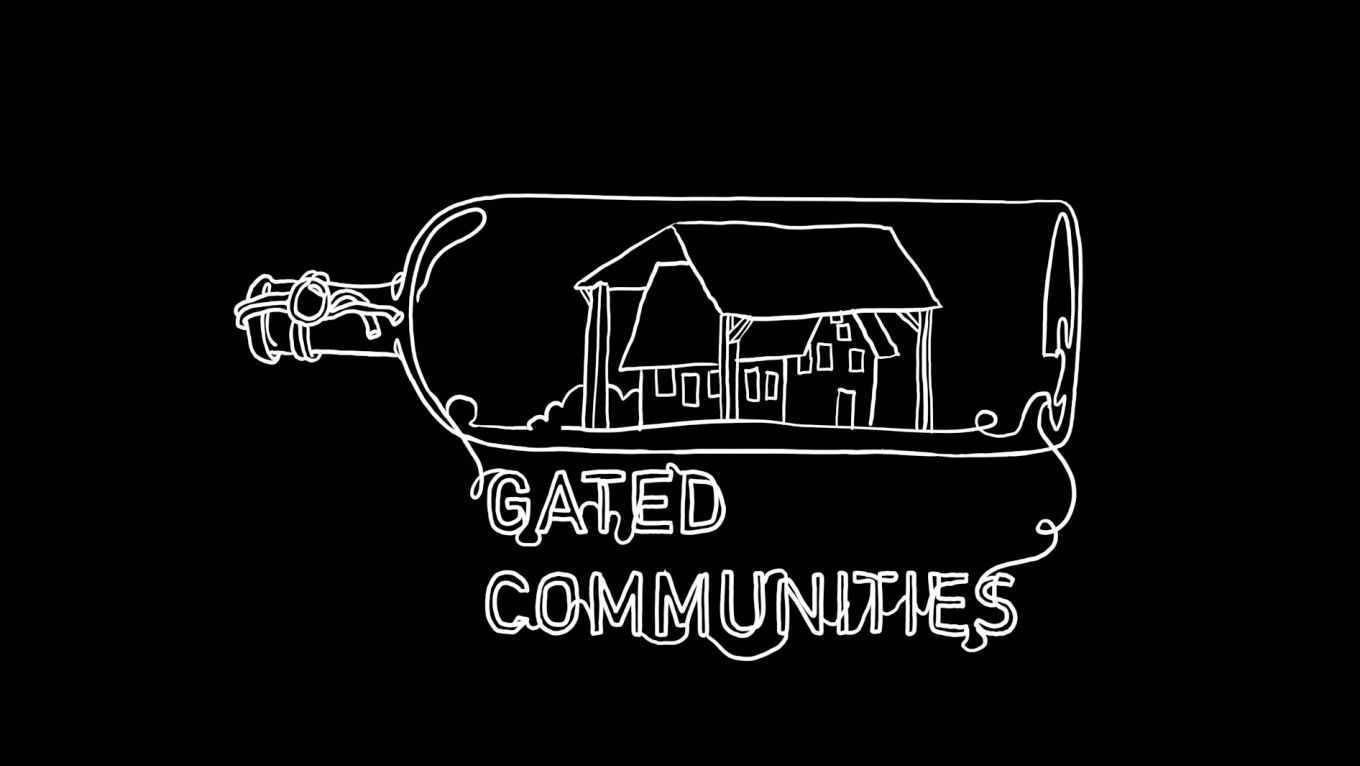Science
Wie man einen Blackout verursacht
und warum das gar nicht so einfach ist.
Der steigende Anteil der Erneuerbaren Energien an der Stromerzeugung und der zunehmende Handel mit Strom erhöht die Belastung der Stromnetze. Welche Auswirkungen hat das auf die Netzstabilität? Wann kommen die Stromnetze an ihre Leistungsgrenze? Wie kann ein gezielter Angriff auf das Europäische Verbundnetz aussehen? Was müsste man tun, um einen Blackout zu verursachen? Und: Wie können wir unsere Stromnetze umbauen, damit das nicht passiert?
Gegenwärtig wird die (N-1)-Sicherheit als Kriterium für die Netzstabilitätsplanung herangezogen: Fällt ein beliebiges Betriebsmittel aus, so muss das Stromnetz weiterhin funktionsfähig bleiben. Dieses Kriterium setzt jedoch voraus, dass Betriebsmittel immer unabhängig voneinander ausfallen. Durch den Stromhandel, aber auch durch die vermehrte Einbindung regelbarer Lasten gibt es in Zukunft externe Ereignisse, welche die Ausfallwahrscheinlichkeiten mehrerer Betriebsmittel gleichzeitig beeinflussen. Dies kann vermehrt sowohl zu großflächigen (d. h. Bundesland aufwärts) als auch zu kleineren Ausfällen führen.
Die Netzfrequenzmessdaten der Schnellabschaltung des Kernkraftwerks Gundremmingen liefert die Grundlage für ein Modell, mit dem das notwendige Lastungleichgewicht zur Destabilisierung des Verbundstromnetzes abgeschätzt werden kann. Der Vortrag diskutiert verschiedene Szenarien, wie eine solche Lastschwankung verursacht werden könnten: durch gezielte Smart-Meter-Manipulation? Durch Fehler in Stromleitungen oder Umspannwerken? Durch den Angriff von Großkraftwerken? Oder durch Marktmanipulationen an der Strombörse?
Auch im kleinen Maßstab kann natürlich die Stromversorgung ausfallen: zum Beispiel bei einem kleinen Stadtnetzbetreiber. Eine Statistik der Bundesnetzagentur über Netzausfälle in Deutschland wird ausgewertet, um z. B. den Einfluß der Energiewende auf die Zuverlässigkeit der Stromversorgung zu bewerten. Der Realitätsgehalt der offiziellen Daten muss jedoch angezweifelt werden.
Schließlich versucht der Vortrag, Wege aufzuzeigen, um die Resilienz des Stromnetzes zu erhöhen. Weniger technische Hindernisse als vielmehr das Festhalten der Energiewirtschaft an ihren Geschäftsmodellen verhindert eine Umstrukturierung der Stromversorgung, die – neben der einfacheren Integration der erneuerbaren Energien – auch die Stabilität des Gesamtsystems erhöhen würde.
Additional information
| Type | lecture |
|---|---|
| Language | German |
More sessions
| 12/27/15 |
What does the fact that Tor users can’t edit wikipedia mean for the quality of the ``encyclopedia that anyone can edit?’’ How do captchas and blocking of anonymity services affect the experiences of Tor users when they are trying to contribute content? This talk will discuss the increasing limitations of active participation in the anonymous Internet and the findings of our interview study of Tor users and wikipedia editors concerning these issues. We believe that by understanding the ...
|
| 12/27/15 |
The REXUS/BEXUS programme allows students from universities and higher education colleges across Europe to carry out scientific and technological experiments on research rockets and balloons. Each year, two rockets and two balloons are launched, carrying up to 20 experiments designed and built by student teams. By reference of two experiments we were involved in, we will explain the way from the experiment idea to the launch and test of it.
|
| 12/27/15 |
Several years ago, the Great Firewall of China was silently upgraded to find and block circumvention servers that employ encryption to defeat deep packet inspection. The system is now used to block protocols such as Tor, SoftEther, and SSH. In this talk, we will give an overview of how this system works, and how it can be circumvented.
|
| 12/27/15 |
Light of astronomical objects gets distorted as it passes earth’s atmosphere. Adaptive optics can correct this distortion and create images that are as sharp as those taken in space. The correction needs a bright reference star. If there is no such star nearby, an artificial Laser Guide Star can be created in the upper atmosphere.
|
| 12/28/15 |
In my talk I am 1) discussing philosophical concepts of privacy, especially Hannah Arendt's philosophy. I am 2) explaining why in a liberal-democratic system we need to protect our privacy and 3) what we can morally do to prevent catastrophes such as a totalitarian system from happening again. With Hannah Arendt's arguments and her analysis of totalitarian systems in mind, I am referring to three examples from today's privacy discussions: cybermobbing, Behavioral Advertising and secret services.
|
| 12/28/15 |
We develop a tool to verify Linux netfilter/iptables firewalls rulesets. Then, we verify the verification tool itself. Warning: involves math! This talk is also an introduction to interactive theorem proving and programming in Isabelle/HOL. We strongly suggest that audience members have some familiarity with functional programming. A strong mathematical background is NOT required. TL;DR: Math is cool again, we now have the tools for "executable math". Also: iptables!
|
| 12/28/15 |
In this presentation I will present the experimental language Ling. We shall get an intuitive understanding of the language through familiar concepts from imperative programming. We shall cover how Ling enables a modular and precise control on memory allocation, through a general optimization called fusion. This optimization, fusion is a cost-free abstraction mechanism which brings high level programming to system programming.
|

